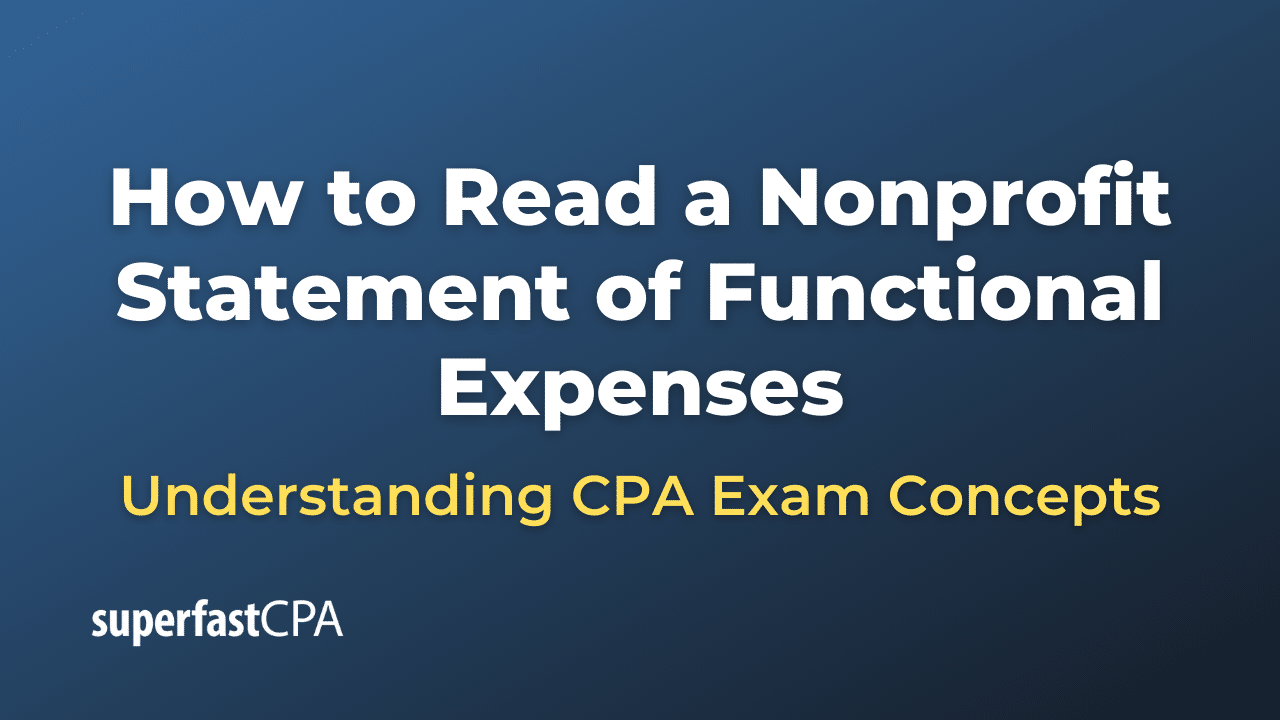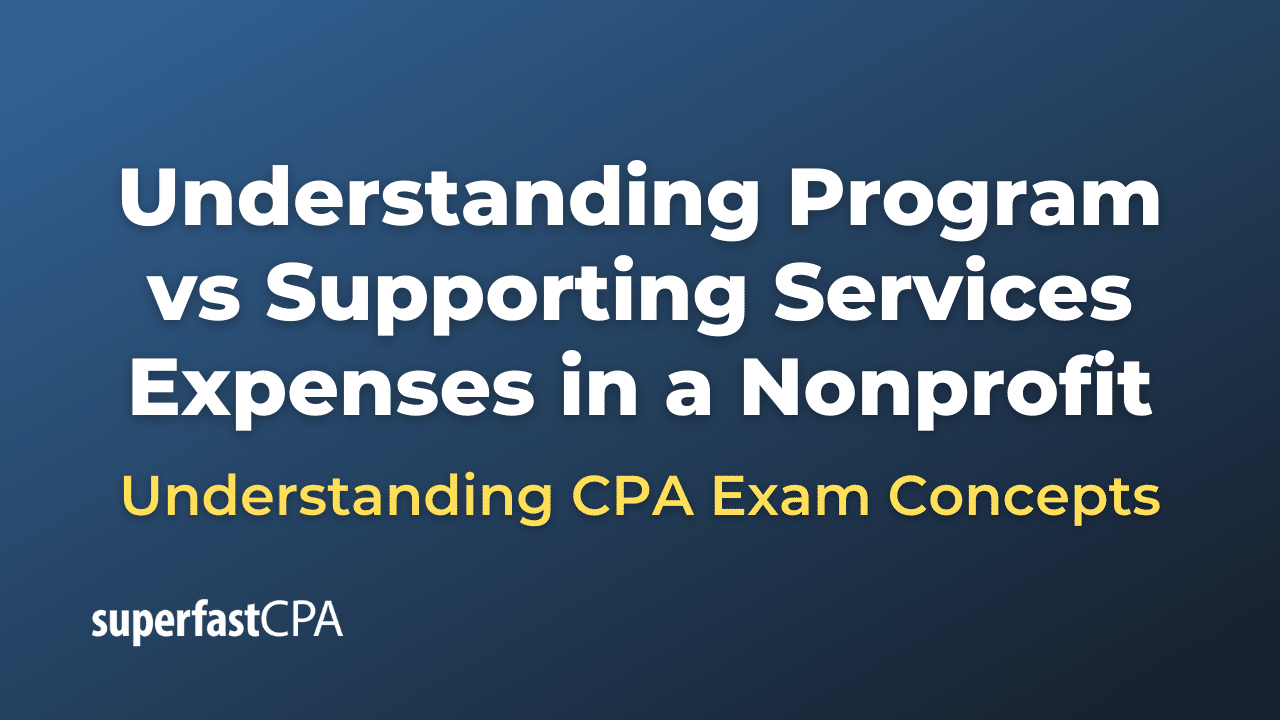Cost Element
A cost element is a category of cost that is used in cost accounting to categorize and track the various costs incurred by a business. Cost elements play a crucial role in the cost accounting system as they help in identifying and classifying the sources of costs.
There are three main types of cost elements:
- Primary Cost Elements: These are costs that originate outside of the company and are directly associated with a monetary flow. Examples of primary cost elements include salaries (personnel costs), raw material costs, and rent.
- Secondary Cost Elements: These are costs that occur internally within the company, and they are used to allocate costs from one cost center to another within the organization. Examples include overhead costs, depreciation, and cost allocations in internal activity allocation.
- Revenue Elements: These are used to record and track revenue or income earned by the company.
The classification of costs into these elements aids in accurate cost accounting and cost control. It helps the company to understand the cost structure, track cost flows, allocate costs, and make informed business decisions.
For example, in the case of product costing, the cost elements may include raw materials (primary cost), labor (primary cost), and overheads (secondary cost). Each of these cost elements contributes to the total cost of producing the product. Understanding each element’s contribution to the total cost can help management make decisions about pricing, sourcing materials, labor efficiency, overhead control, and overall profitability.
Example of Cost Element
Let’s consider a fictional manufacturing company, “WidgetCo,” which makes a specific type of widget. The company has several cost elements that contribute to the total cost of producing its widgets:
- Primary Cost Elements:
- Raw Materials: The company purchases steel and plastic to manufacture its widgets. These are primary cost elements as they are costs that originate outside of the company. Let’s say it costs $5 per widget for raw materials.
- Labor: The company pays its workers to operate machinery and assemble the widgets. This is another primary cost element. Assume it costs $3 per widget in labor.
- Secondary Cost Elements:
- Depreciation: The machinery used to make the widgets depreciates over time. This depreciation is a secondary cost element as it’s an internal cost. Suppose it contributes $1 per widget.
- Overhead: Costs like electricity, rent, and administrative expenses are considered overhead, another secondary cost element. Let’s say these costs add up to $2 per widget.
By understanding and categorizing these cost elements, WidgetCo can calculate the total cost to produce one widget: $5 (raw materials) + $3 (labor) + $1 (depreciation) + $2 (overhead) = $11 per widget.
Knowing the cost elements and their contribution to the total cost can help WidgetCo make decisions about pricing, cost control, and profitability. For example, if WidgetCo wants to improve its profit margin, it could look at ways to reduce the primary cost elements, like negotiating better prices for raw materials or improving labor efficiency. Alternatively, it might focus on reducing the secondary cost elements, like finding ways to lower overhead costs or extend the useful life of its machinery to reduce depreciation.














